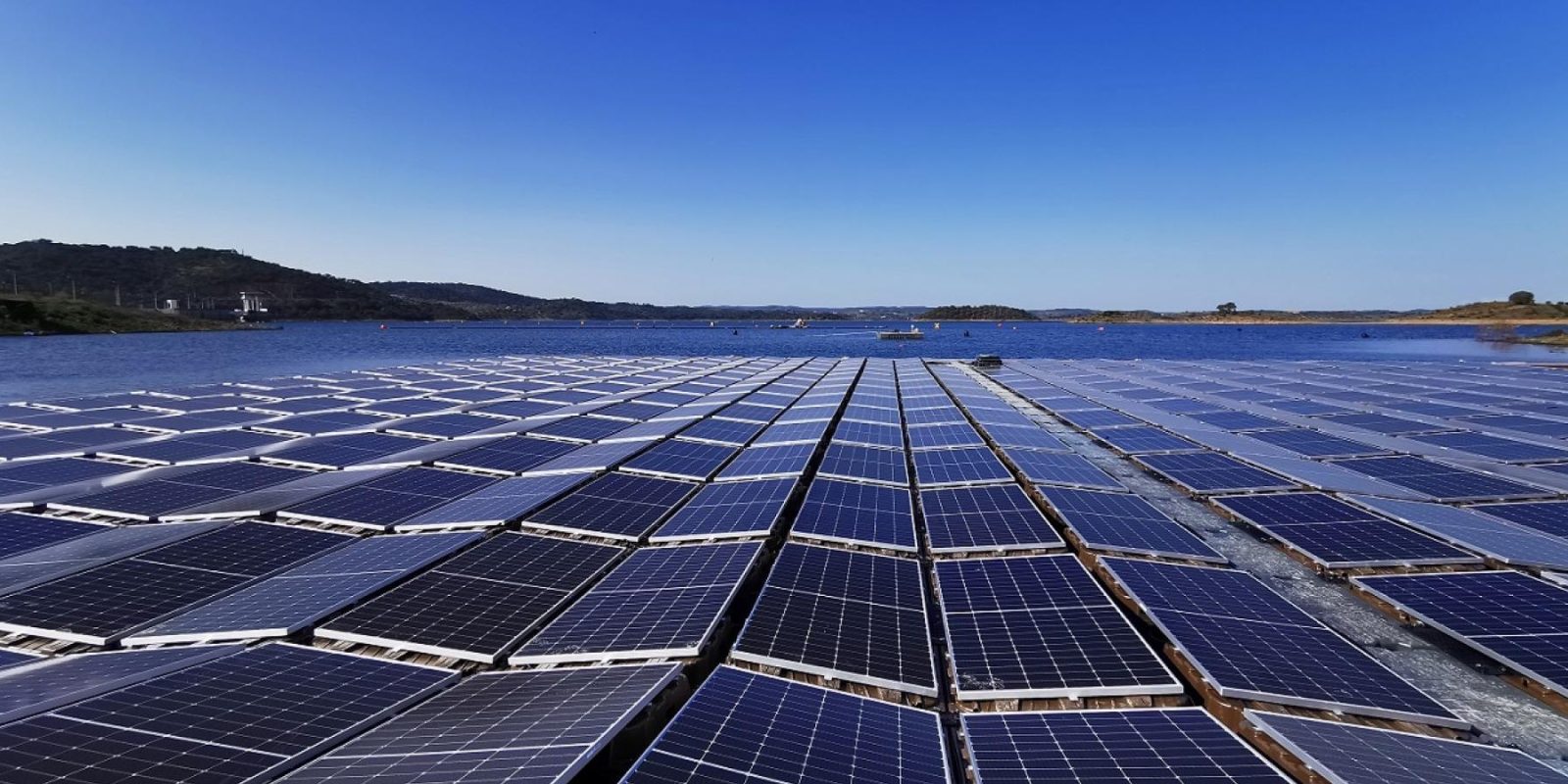
It would be 10 times more expensive to operate gas-fired power plants in the long term than to build new solar PV capacity in Europe, according to a new study from Oslo-based energy research company Rystad Energy.
Natural gas is presently very expensive in Europe, due to the plunge in Russian gas exports.
Rystad Energy reports that “spot prices on the Netherlands-based Title Transfer Facility (TTF) gas hub, the main reference for Western Europe, have risen from an average of €46 per megawatt-hour (MWh) in 2021 to €134 per MWh so far this year – an increase of 187%.” And gas will be needed for power generation through the winter.
But more than 50 gigawatts (GW) of new solar and wind capacity are expected to be commissioned in 2023, along with up to 30 GW of nuclear capacity currently undergoing maintenance that French multinational utility EDF is planning to bring back online.
Rystad Energy forecasts that TTF prices will stabilize at around €31 per MWh by 2030, which puts the levelized cost of electricity (LCOE) of existing plants closer to €150 per MWh. That’s still three times more than the LCOE of new solar PV facilities. For gas-fired plants to continue to be competitive, gas prices would need to fall closer to €17 per MWh and carbon prices would need to fall to €10 per metric ton, which is, according to Rystad, “currently unthinkable.”
Carlos Torres Diaz, head of power at Rystad Energy, said:
Gas will continue to play an important role in the European energy mix for some time to come, but unless something fundamental shifts, then simple economics, as well as climate concerns, will tip the balance in favor of renewables.
The study also found that by 2028, new clean energy generation capacity installed using money that would otherwise have been spent on gas generation would reach 333 GW – enough to generate 663 TWh of electricity. Renewable power generation would be enough to replace forecast gas-fired generation that same year.
By 2050, new renewable energy capacity would be generating more than 2,000 TWh:
This growth in generation only considers output from new capacity developed using ‘funds from gas’ and is on top of Rystad Energy’s base case forecast, which anticipates that 2,385 GW of solar PV and wind capacity, and 520 GW of utility scale batteries are installed by 2050.
Read more: Greece runs on 100% renewables for the first time on record
Photo: EDP
UnderstandSolar is a free service that links you to top-rated solar installers in your region for personalized solar estimates. Tesla now offers price matching, so it’s important to shop for the best quotes. Click here to learn more and get your quotes. — *ad.
FTC: We use income earning auto affiliate links. More.



Comments